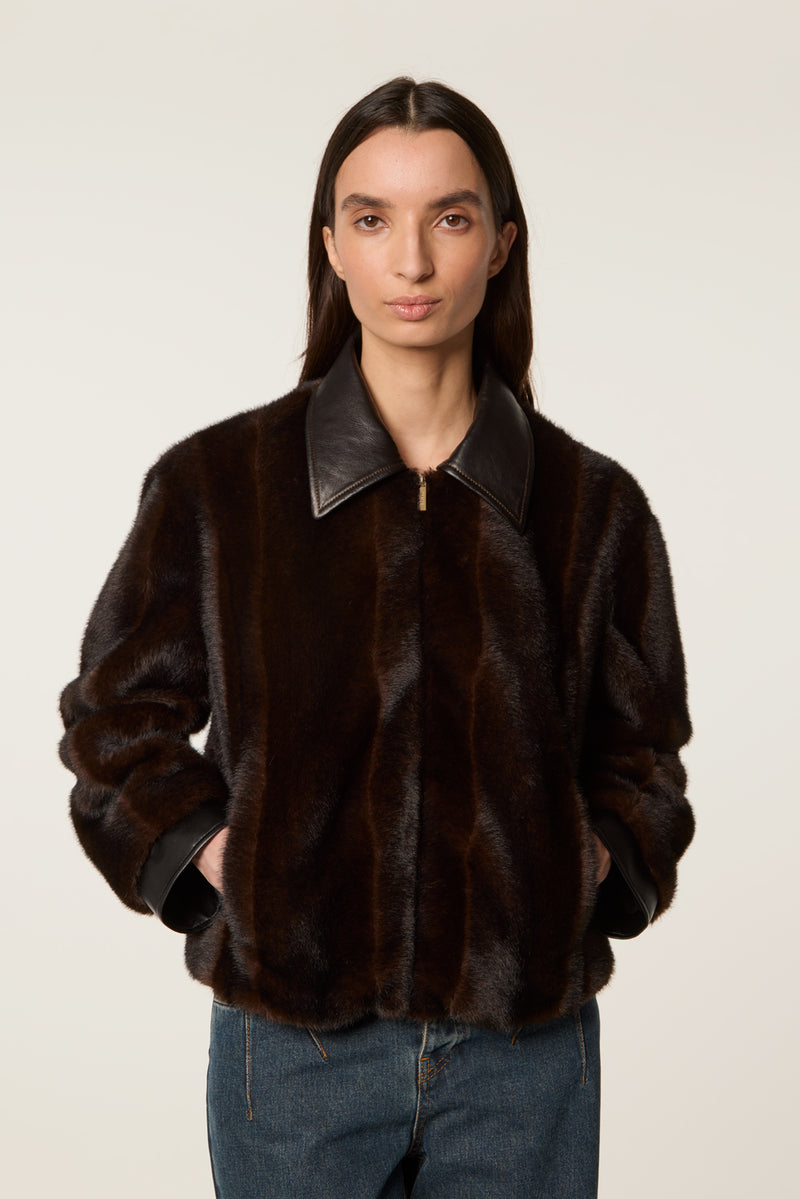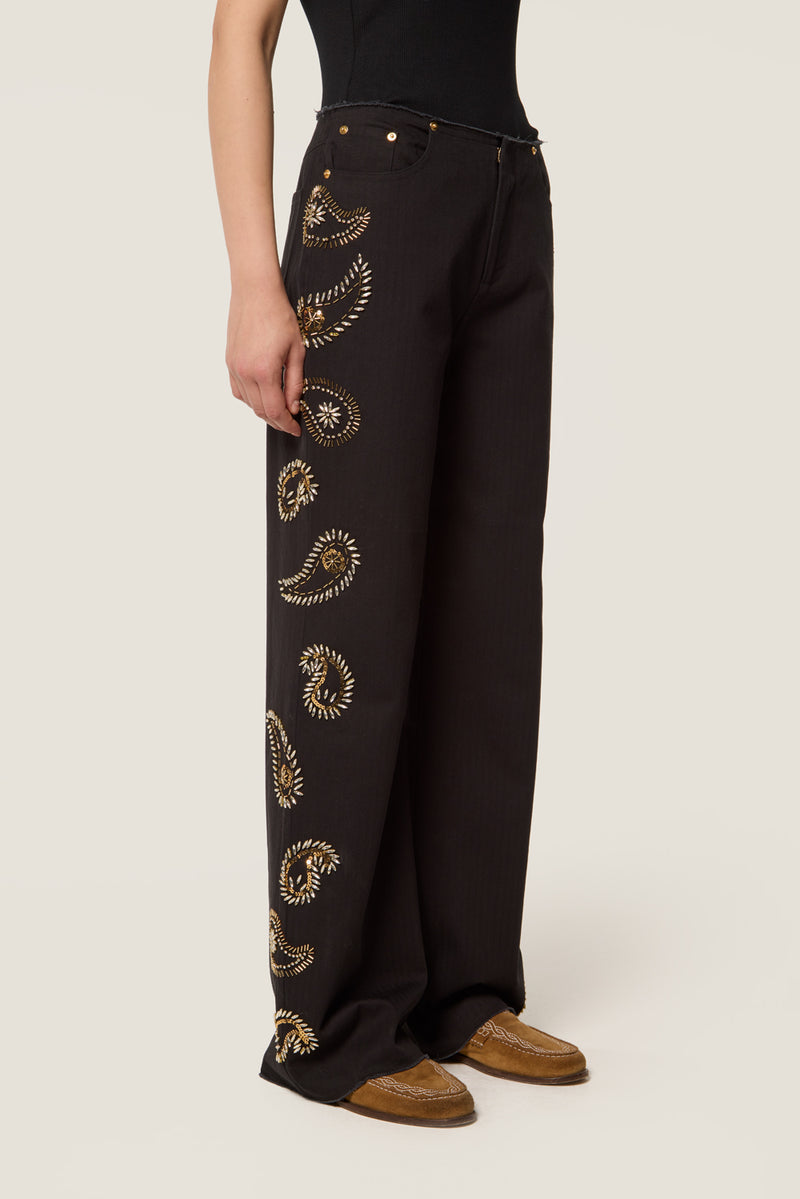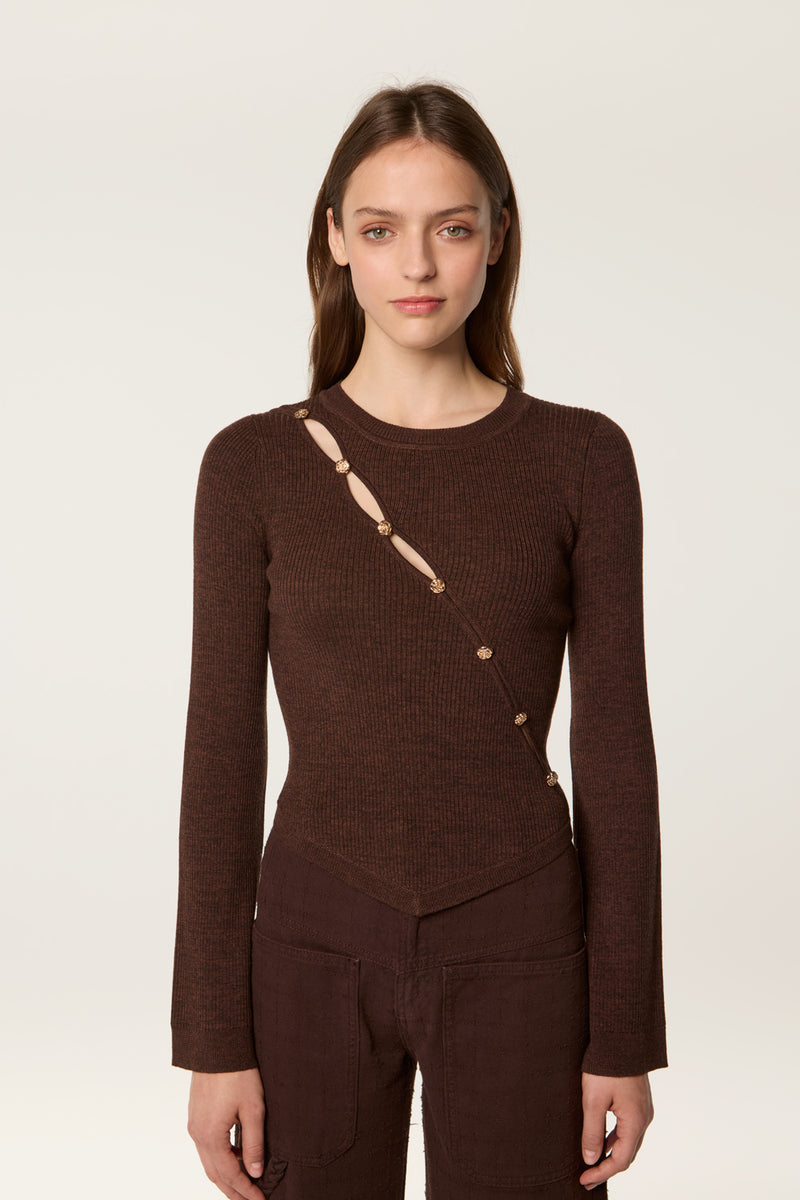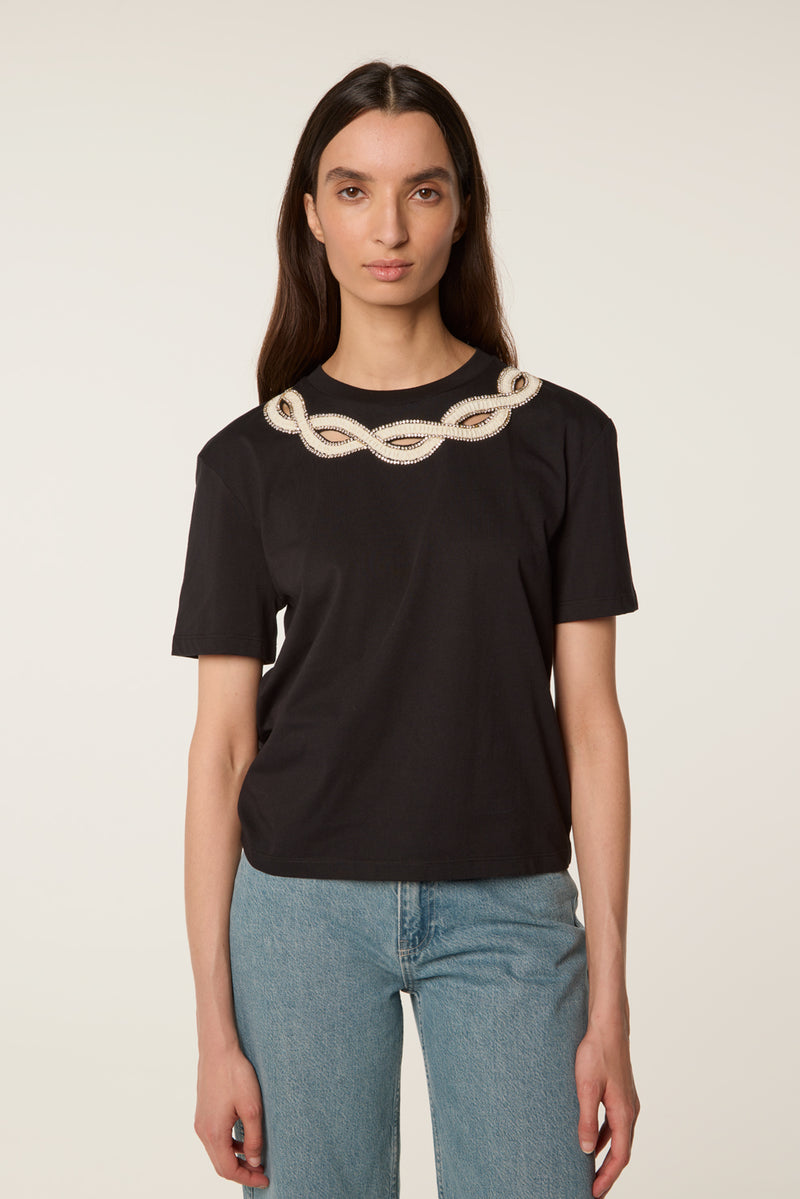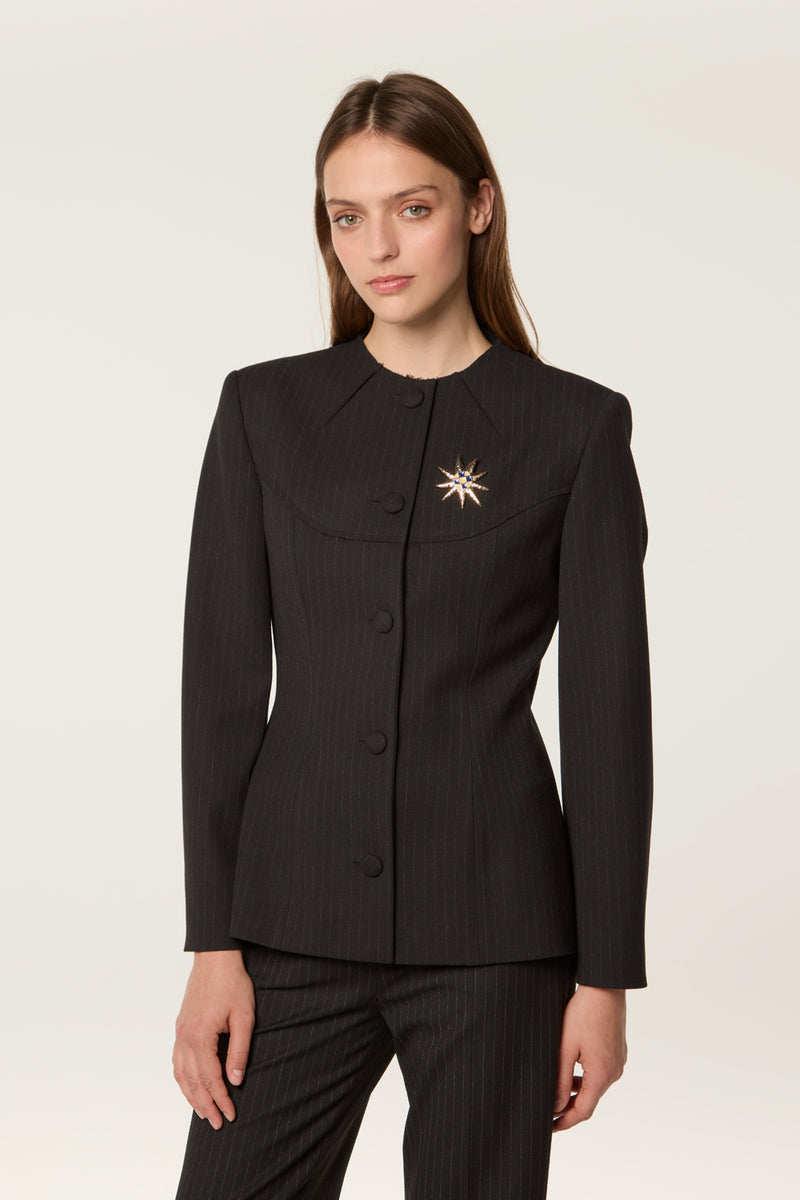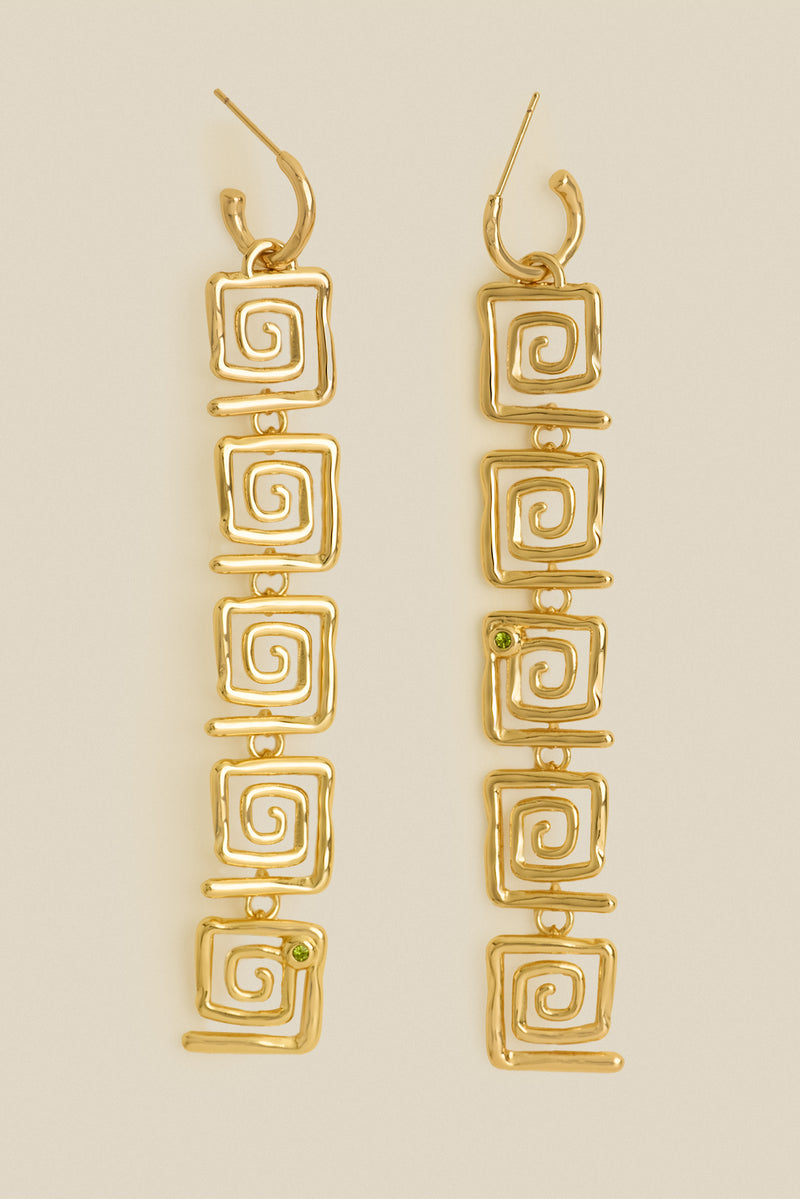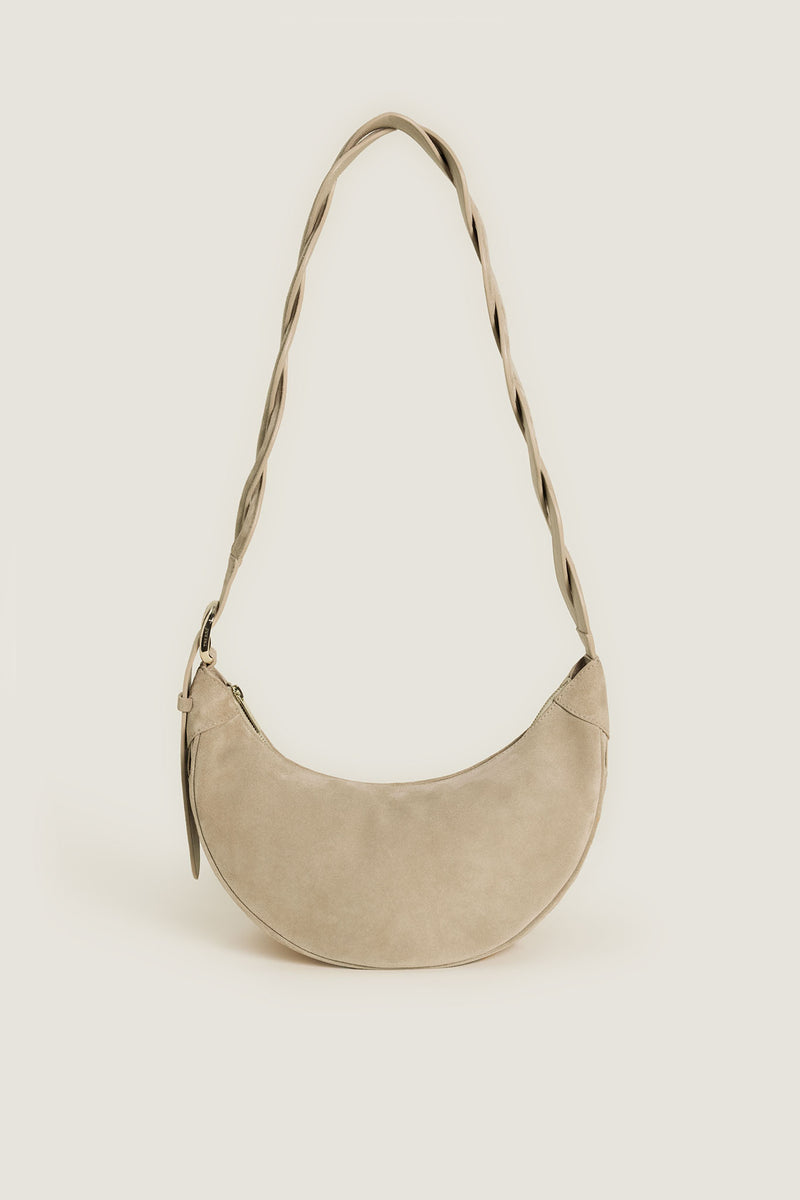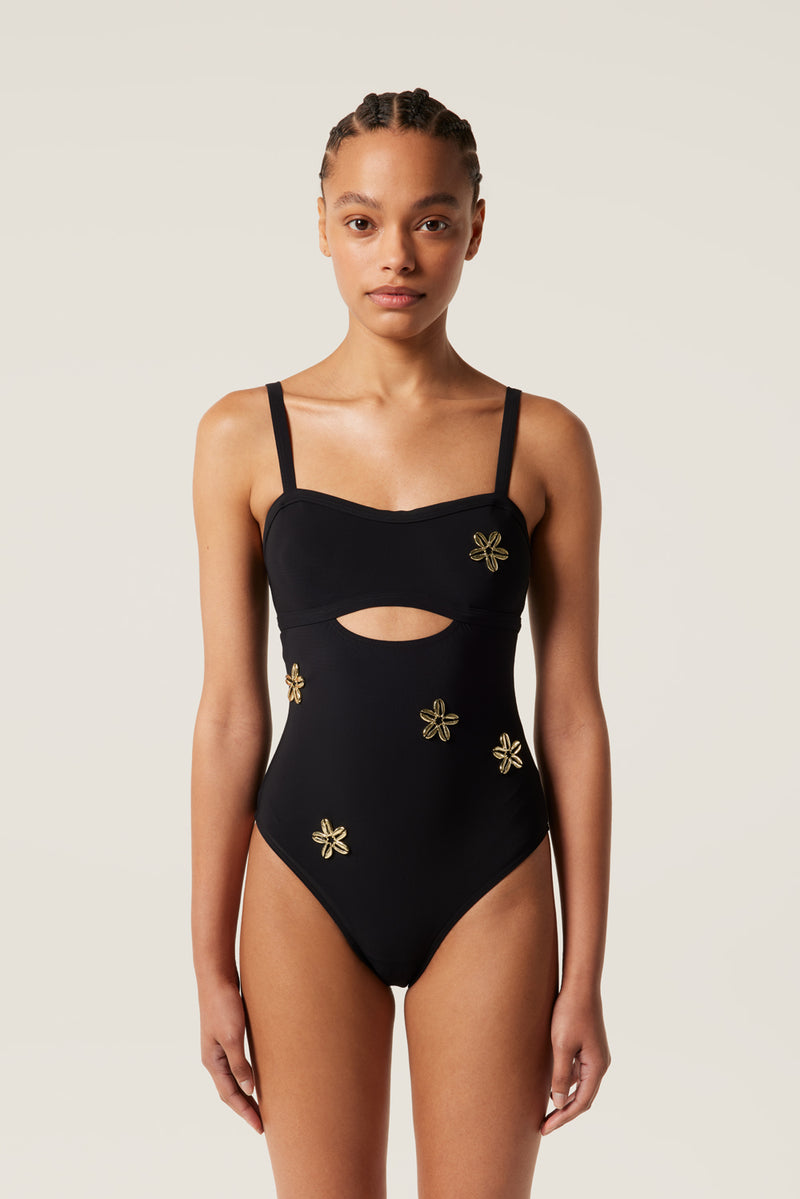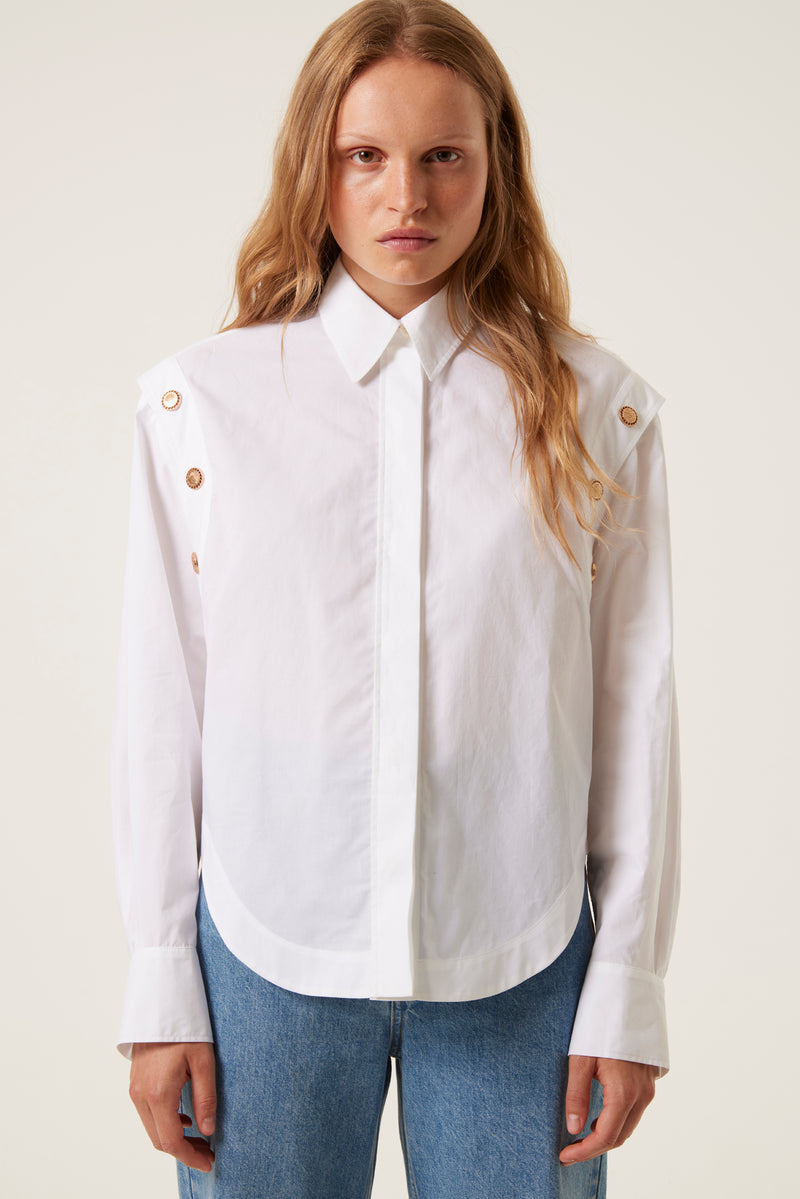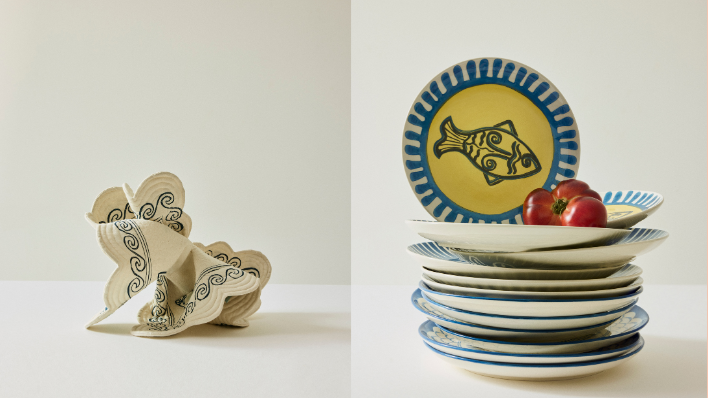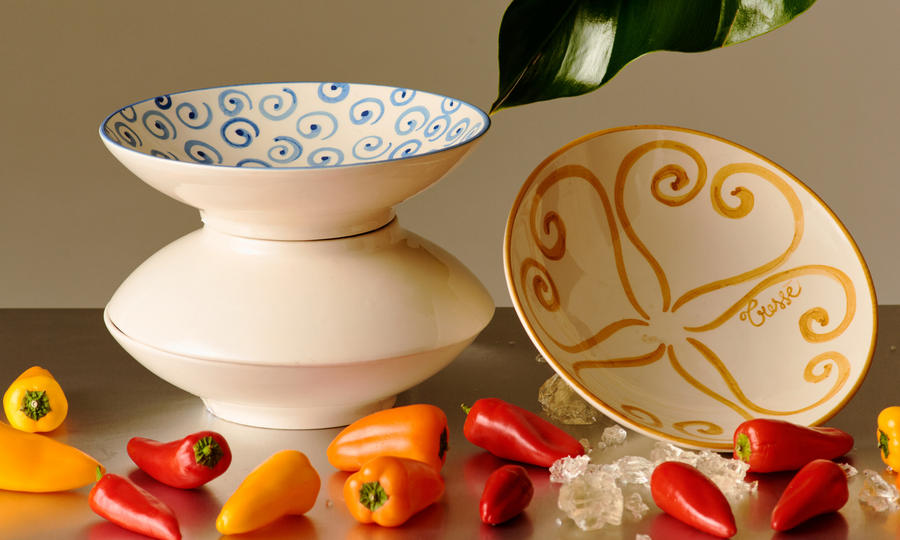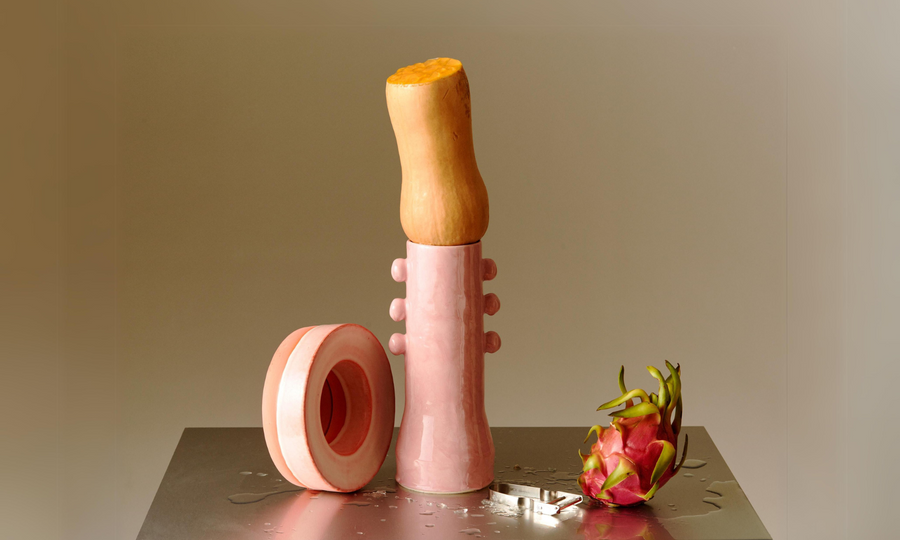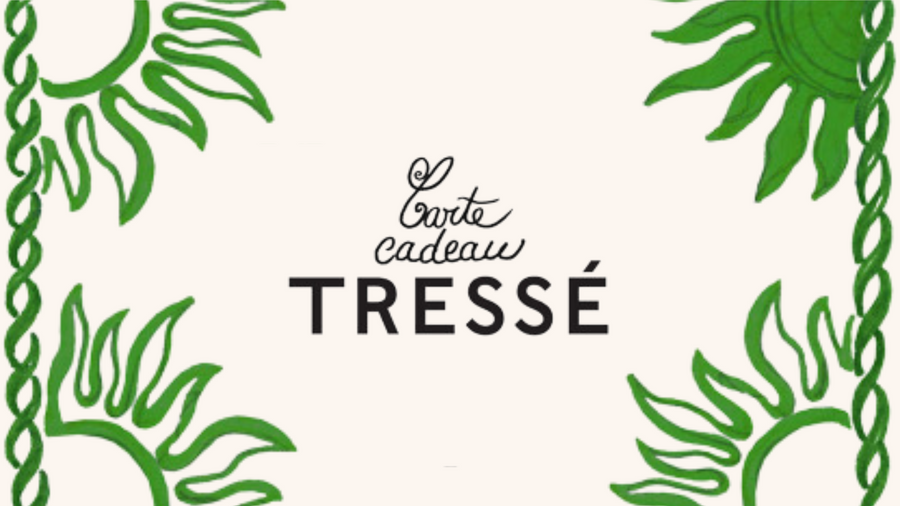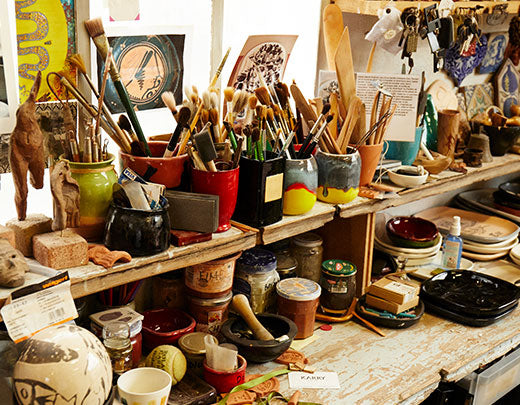Discovering the Buffile workshop
At the beginning of February, Vincent and Romain Buffile opened the doors of their workshop to us in Aix-en-Provence. It was an opportunity for us to learn more about our collaboration with the Buffile workshop.
At the Buffile workshop, the love and work of ceramics has been passed down for three generations. The workshop was created in 1945 by Léonie Buffile, Vincent's mother and Romain's grandmother, and more than seventy years of creation can be found there.

Heir to this post-war aesthetic, Romain Buffile draws much inspiration from his grandfather's creations: “90% of the models were created by the first generation. We take these shapes from the 1950s to 1970s and add our aesthetic .”
For our Spring suitcase, we made several pieces in collaboration with the Buffile. During our visit to the workshop, Romain and Vincent revealed to us all the stages of manufacturing our ceramics.

The first step
Working the land, using their favorite tool: their hands. The clay is worked using the stamping technique: first by hand then flattened using a roller, before being modeled in a plaster mold, made especially for this collaboration.
The second step
The rest of the manufacturing depends on the piece made. For our LARA pocket trays, the clay is marked with a stamp to obtain the desired pattern. For LEXA storage compartments, the patterns are drawn using the thumb. LUPA pencil pots are modeled using a lathe.

The third step
The earth is then dried in the dryer for two to four days, depending on the weather: the hotter it is, the quicker it will dry. Once dry, the clay is removed from the mold then the craftsmen will touch up the edges to soften them if necessary.
The fourth step
Then comes the first cooking stage: in an oven with a temperature of up to 900 degrees. This first cooking lasts approximately twelve hours: six hours for the oven to reach maximum temperature then six hours again for the temperature to drop again.
The fifth step
Once the earth is dry, we move on to the glazing stage. The ceramic is immersed in a bath of pigments to give it the desired color. To make our LUPA pencil pots, the ceramic is immersed in three different enamel baths to obtain this mixture of colors. Between each layer of color, you must wait several minutes for the pigment to dry.

The sixth step
Finally, the ceramics are fired again for twelve hours then, once dry, Romain and Vincent sign each ceramic by hand.
And this is how the ceramics of our Spring Suitcase were made! They are now available on our site, and we can't wait for them to decorate your interiors.

Discover the Buffile workshop in video:
